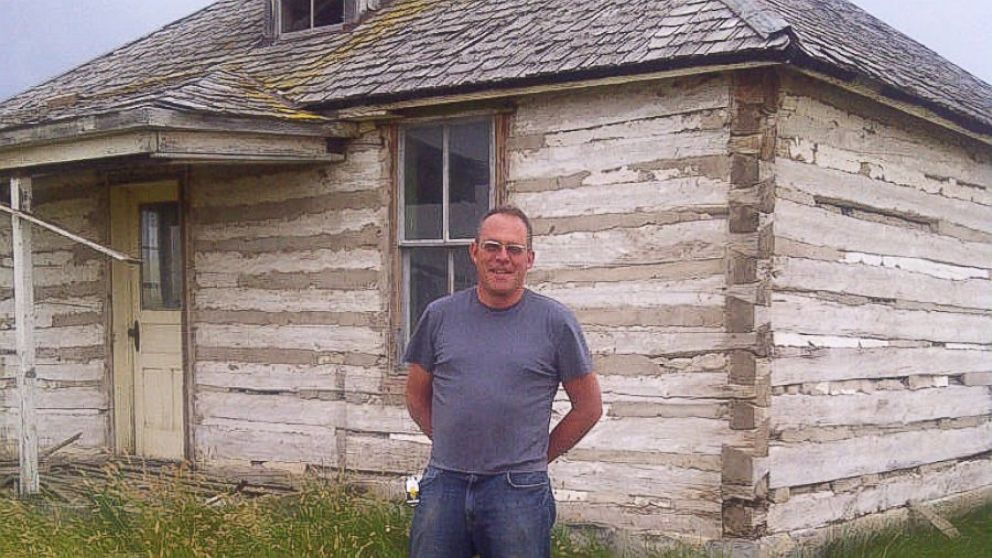Homesteaders' Cabins to Become Twitter Dining Room
Two 1870s cabins transported from praries to San Francisco dotcom HQ.

March 4, 2014 -- Twitter's new San Francisco headquarters on Market Street (a re-purposed 1930s building) soon will get a dining room made from even older structures: Two wooden, weather-beaten 1870s cabins uprooted from the Montana plains, disassembled, shipped to the city and re-assembled inside Twitter's HQ.
Where homesteaders might once have eaten beans and bacon (on a good day) tweeters, in their current cafeteria, can order off a four-course tasting menu, which was listed in a corporate tweet as "pork belly arancini, swordfish, quail and a bread pudding oh yeah."
Olle Lundberg of Lundberg Design, who came up with the idea re-purposing the cabins, told the Marin Independent Journal that in a few weeks Twitter employees will be able to hang out in these genuine Old West relics, which still bear the adze marks of the ranchers who built them.Oscars most buzzed-about moments on social media
Lundberg bought the structures for an undisclosed price from Karl Beckmann of Novato, Calif., who tells ABC News that his firm, Beckmann Engineering & Design, has made a minor specialty of wood salvage.
"One cabin, I believe it's fair to say, was uninhabitable, sitting in the middle of a cow field," says Beckmann. "The other, located near Stanford [about half way between Lewiston and Great Falls] had been lived in by a rancher. It was just sitting out on the open prairie. Originally, these two would both have been homesteaders' cabins."
Handler's Oscar tweets draw accusations of racism
According to the San Francisco Chronicle, Lundberg's plans call for using the two 20 X 20-foot buildings more or less as paneling. They would be conjoined, with built-in corner tables and booth seating added. 20-somethings can talk bits and bytes where the pioneers shivered.
The irony, however, goes only so far: Beckmann says that whoever was living in the Stanford cabin in 1943 wasn't exactly starving: He left behind him, in the attic, a suitcase full of stock certificates.




